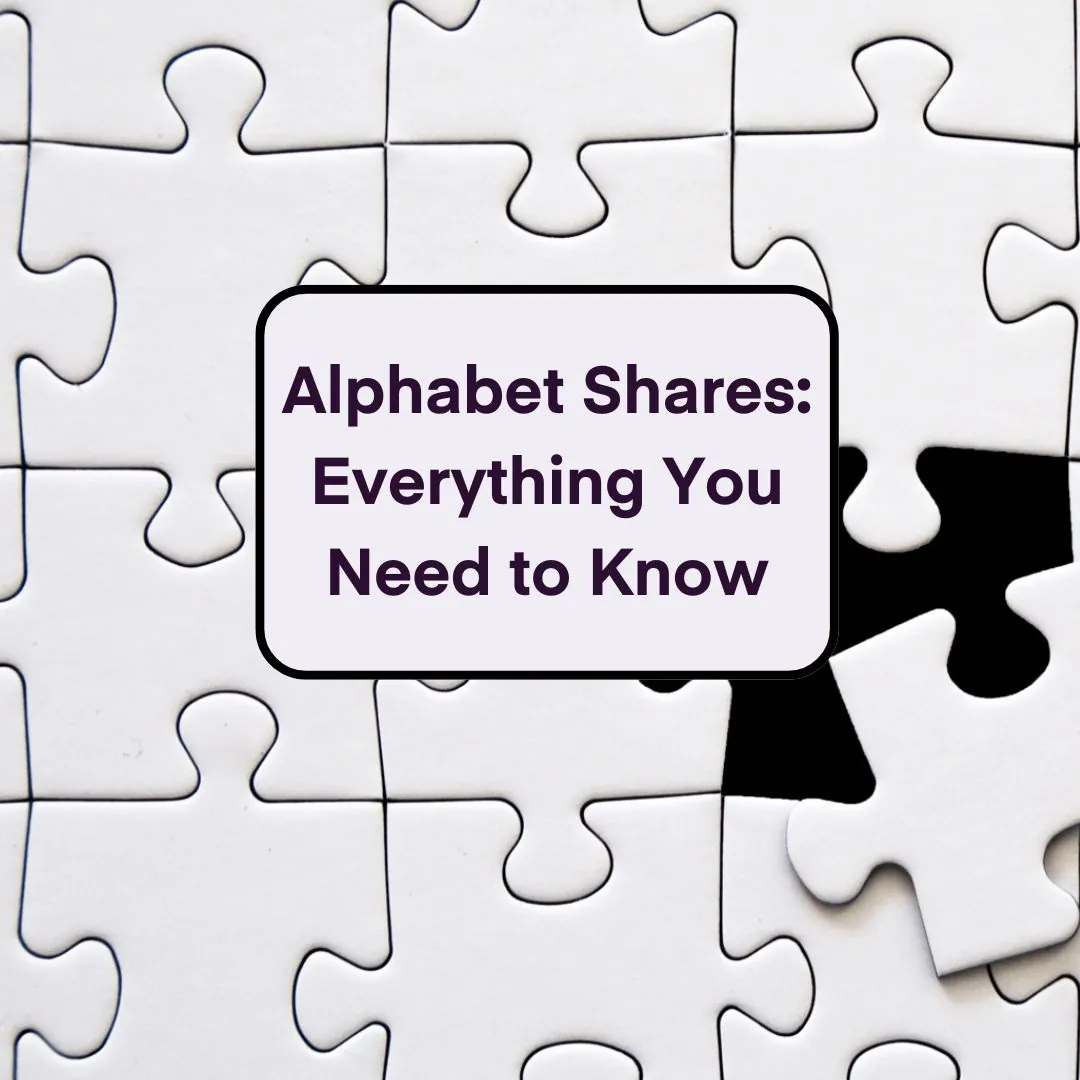
A guide to the pension threshold 2022/23
24 Jan 2023Navigating pensions can be confusing and things can change quickly, so we decided to collate our brain power in this pension threshold guide to keep you up to date with the latest developments.
Under the Pensions Act 2008, you must enrol staff with qualifying earnings into a Workplace Pension Scheme and contribute towards it. This process is known as 'automatic enrolment' and it imposes a number of legal responsibilities on you as an employer.
This article outlines the process and responsibilities of automatic enrolment and provides information on the latest ‘pension thresholds’ that determine which employees you enrol and how much you will contribute.
Qualifying earnings
Employee eligibility and employer contributions are determined by a band of earnings known as ‘qualifying earnings’. The figures are set by the Government and reviewed annually.
These are the earnings thresholds for the current tax year 2022-2023. The Government has frozen the thresholds for 2022/23:
-
The Automatic Enrolment earnings trigger will remain at £10,000,
-
The lower earnings limit of the qualifying earnings band will remain at £6,240,
-
The upper earnings limit of the qualifying earnings band will remain at £50,270.
|
2022/23 |
Annual |
1 week |
4 weeks |
1 month |
|
Lower level of qualifying earnings |
£6,240 |
£120 |
£480 |
£520 |
|
Earnings trigger for automatic enrolment |
£10,000 |
£192 |
£768 |
£833 |
|
Upper level of qualifying earnings |
£50,270 |
£967 |
£3,867 |
£4,189 |
The lower level of qualifying earnings means that you can offer any employee earning £6,240 or more participation in a Workplace Pension Scheme. However, the earnings trigger for automatic enrolment means that you must enrol any employee earning £10,000 or more.
The upper level of qualifying earnings (£50,270) determines the maximum contribution you will have to make as an employer. The government’s view is that higher earners can afford to make their own pension contributions through personal pension plans.
Employer contributions
Your contribution to an employee’s Workplace Pension Scheme is based on a percentage of an employee’s gross annual earnings that fall between the lower and upper level of qualifying earnings – that means earnings between £6240 and £50,270.
For example, an employee earning £35,000 per annum would have qualifying earnings of £35,000 minus £6240 - £28,760. Your employer contribution would be based on that figure.
To calculate an employee’s qualifying earnings, you must include all of the following components:
-
Salary or wages
-
Overtime
-
Commission
-
Statutory payment for paternity, maternity or other family leave
Related: Redundancy and maternity leave: Employment Law advice
Related: The importance of an Employee Handbook and Contract of Employment
Operating a Workplace Pension Scheme
Keeping up to date with pension thresholds is just one of your duties and responsibilities as an employer under the Pensions Act.
Your legal duties begin as soon you take on your first employee or hire a new employee. That is known as the ‘duties start date’ and it applies even if the employee does not have qualifying earnings.
The Pensions Regulator recommends the following actions and timetable for complying with the requirements of the Pensions Act.
Choose a pension scheme
The scheme should be approved for automatic enrolment and you should add any qualifying employees as soon as possible.
Decide which employees to enrol
You must work out which employees can be enrolled in the scheme on the basis of their age and qualifying earnings. Employees aged between 22 and state pension age, earning more than £10,000 per annum qualify for enrolment. You must make those decisions on the duties start date.
Write to employees
Contact each employee in writing to explain how automatic enrolment affects their pension provision. You must do this within 6 weeks from your duties start date.
Declare your compliance
The Pensions Regulator provides a checklist that explains all the information you need to provide to demonstrate that you are complying with the requirements of the Pensions Act. You must complete this within 5 months after your duties start.
Monitor staff qualifications
You must monitor changes in employees’ ages and earnings to see if they should be enrolled in the scheme. You should do this each time you pay wages or salaries.
Manage requests to join or leave the pension scheme
Employees between the ages of 16 and state pension age who earn the lower level of qualifying earnings can request to join the pension scheme. Once you have received their written request, you must enrol them within a month.
Staff can also request to leave the scheme by opting out within one month after being enrolled. You must then stop deducting employee pension contributions and refund any contributions to date. You must remove them from the scheme within one month of receiving their request.
Make employer contributions to the scheme
You must make payments into the scheme each time you process payroll for weekly- or monthly-paid staff.
Maintain records
You must maintain accurate records and keep them for six years to prove that you have met your legal duties under the Pensions Act. Records must include:
-
Pension scheme reference or registry number
-
Names and addresses of employees enrolled in the pension scheme
-
Records of employer payments into the pension scheme
-
Requests to join or leave the pension scheme.
Professional support
Pensions administration can be complex and time consuming. If you would like advice on the automatic enrolment process or practical help with enrolment or administration, our experienced small business accountants can help.
To find out more, please contact us at info@accountsandlegal.co.uk. For an instant accounting quote, or to hear about our full range of payroll or accounting services, get in touch today.























